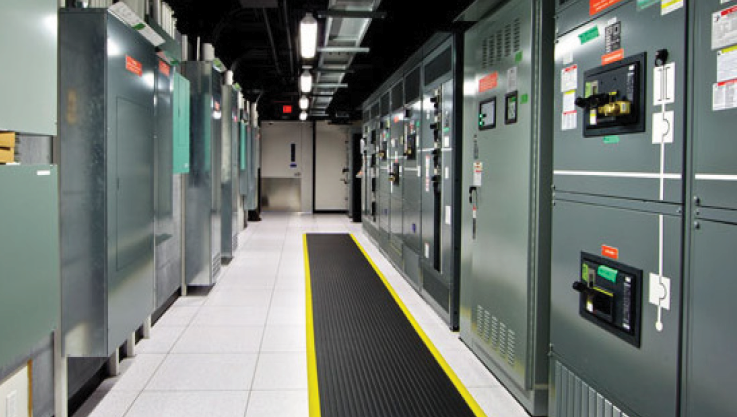Data Center Infrastructure: Data Collection via LAN or Serial Interfaces
When the topic of data center infrastructure comes up, there exists some confusion regarding how the two technologies, Serial and LAN, relate. Let me start by saying that nearly every piece of equipment built in the last 20 years includes at least one form of core controller interface. In fact, the engineering teams that build this type of equipment will tell you that one of the very first portions of a control system developed is the console/monitor access interface because it is this interface that typically is used to help continue to develop and debug the controller itself (as well as check it along the way for proper operation). Hence, every server, switch, router, and firewall, as well as every PDU, UPS, CRAC and Generator, has one – some form of interface exists in all Enterprise-class devices!
That said, the technology for these interfaces has changed over time. RS232 (and the very similar RS485) were all the rage for connectivity (due to simplicity and low costs) in the 70s and 80s. With the advent of true ‘networking’, Ethernet became popular (ironically for the very same reasons) in the early 90s and continues to be widely deployed as the interface standard to this day. However, the mechanisms to interact with these two types of interface are vastly different.
With Serial interfaces, the most common protocol is an ASCII-based ‘Text’ command line protocol. Commands are built using strings of characters, and the results are returned as strings of characters. For instance, a user could build a text command (of 18 characters) such as “SHOW SYSTEM UPTIME” which may result in the resulting series of 9 characters “1D 23H10M” to show 1 day and 23 hours and 10 minutes. The key point with regards to a Command-Line Interface protocol is that is specific to each and every vendor and in many cases each model number within that vendor’s catalog. This ultimately requires very model-specific device awareness in order to be able to communicate with this type of serial interface. Ultimately, the information being retrieved from these interfaces is going to be consumed by network attached servers and monitoring applications. Consequently, there are two steps needed to be able to deal with serial interfaces: 1) A physical conversion to get the information into a format suitable for the network to transport; and 2) the logical translation of ASCII commands and responses to networked packet values in tables. This is done using a device(s) sometimes referred to as a “gateway.” While these two conversions could be separated, they typically are included in a vendor-supplied gateway devices with an RS232 or RS485 port on one side, some small conversion processor inside, and the LAN port on the other side.
With LAN-based (Ethernet) interfaces it is much easier. Many standardized protocols exist to communicate natively from the device to the network, with the most common of these being SNMP and its inclusion of MIBs to describe how the informational packets are organized. SNMP (and the MIB) allows a network inquiry to be made against a table of operational values within the target device, and the results are formatted as expected values within the returned data packet. While there are some detail peculiarities, in general network-based protocols are much more standardized and widely accepted as the modern means.
What does this mean to you? If a device has a network interface, then a high probability exists that you’d be able to easily access and understand the performance values without any conversions whatsoever. Any modern intelligent iPDU (or Power Strip) is a great example of a device like this. It has a LAN connection and can report (in a known format) the power at each outlet and temperature of the unit itself by inquiring with a simple SNMP command. Devices like these have IP addresses and appear on the corporate network just like any other component. Conversely, if a particular device has ONLY a Serial interface, then look for a physical and logical gateway solution to do the conversion. These gateways are very specific (purpose built) for each model device and are usually supplied by the application provider that intends to consume the performance information. Regardless, if you have a heterogeneous mix of equipment in your facility, OpenData Collectors can capture this data from Serial and LAN-based infrastructure, normalize it, and make it available for monitoring purposes, advanced analytics, or automated control.



